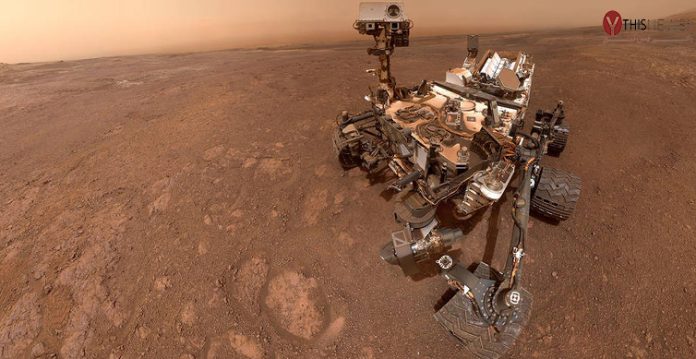“We’re observing things on Mars that are tantalizingly intriguing, however we would truly require more proof to say we’ve recognized life,” said Paul Mahaffy, who filled in as the main specialist of the Sample Analysis at Mars (SAM) science lab on board Curiosity until resigning from NASA in December 2021, in the assertion.
“So we’re taking a gander at what else might have caused the carbon mark we’re seeing, in the event that not life,” he added.
As the carbon signals they recognized are strange, researchers in a report distributed in the Proceedings of the National Academy of Sciences diary caution that the two planets are so unique they can’t make authoritative ends in view of Earth models.
The organic clarification Curiosity researchers present in their paper is roused by Earth life. It includes old microscopic organisms in the surface that would have created a remarkable carbon signature as they delivered methane into the air where bright light would have changed over that gas into bigger, more mind-boggling atoms.
These new particles would have poured down to the surface and presently could be saved with their particular carbon signature in Martian rocks.
ALSO READ: NASA’s Spacecraft Touches The Sun For The First Time In History
Two different theories offer non-natural clarifications. One proposes the carbon mark might have come about because of the cooperation of bright light with carbon dioxide gas in the Martian environment, creating new carbon-containing particles that would have settled to the surface.
What’re more the other guesses that the carbon might have been abandoned from an uncommon occasion a huge number of years prior when the nearby planet group went through a goliath sub-atomic cloud wealthy in the sort of carbon recognized.
“Each of the three clarifications fit the information,” said Christopher House, a Curiosity researcher based at Penn State who drove the carbon study.
“We basically need more information to lead them in or out.”
(This story has been sourced from a third-party syndicated feed, agencies. Raavi Media accepts no responsibility or liability for the dependability, trustworthiness, reliability, and data of the text. Raavi Media management/ythisnews.com reserves the sole right to alter, delete or remove (without notice) the content at its absolute discretion for any reason whatsoever.)







